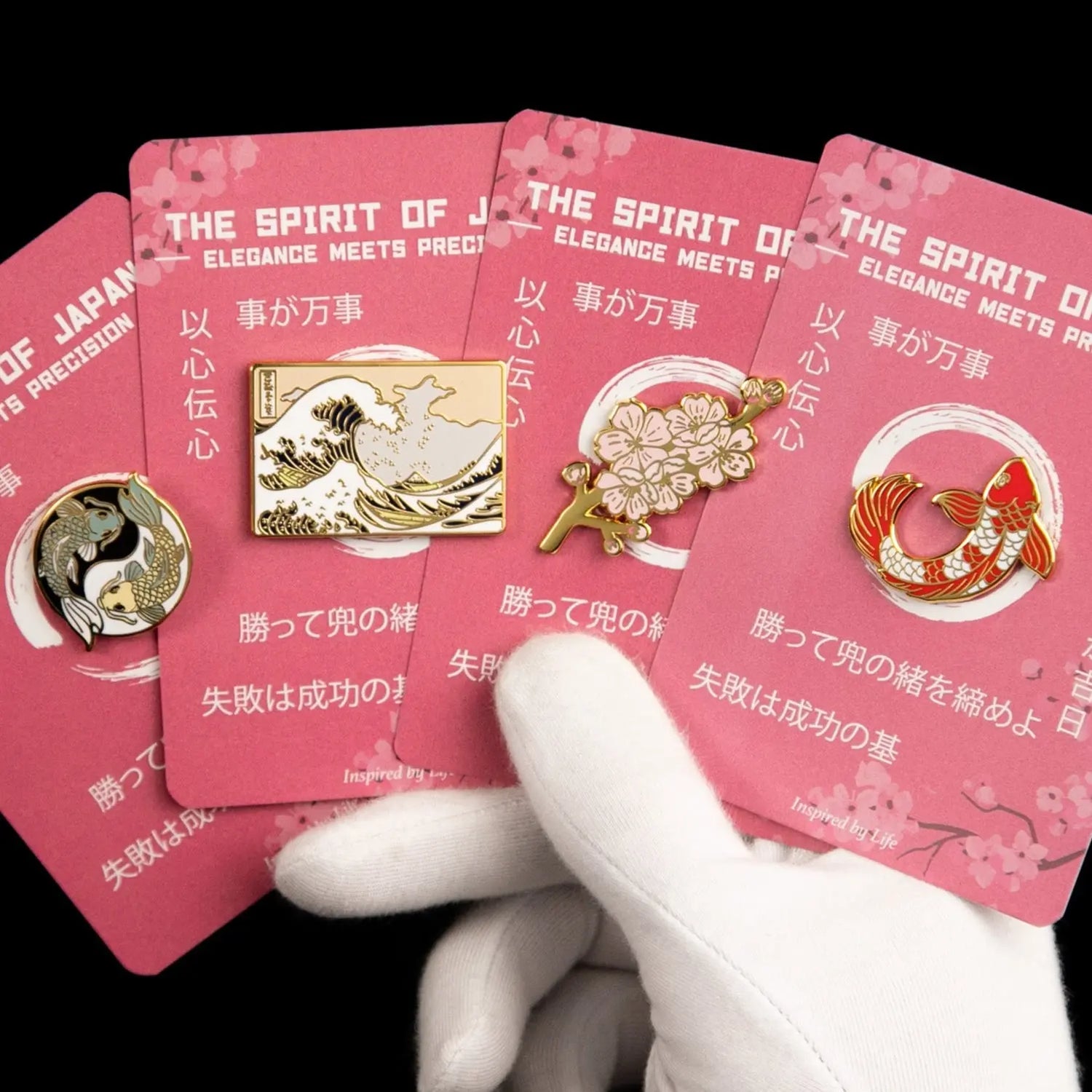
How Do You Go to the Bathroom in a Kimono? A Gentle Guide to Navigating Tradition with Grace
Wearing a kimono feels like stepping into a world woven with history, elegance, and deep tradition. But have you ever paused to wonder, with all those layers and folds—how do you actually go to the bathroom wearing one? It’s a question many shy away from, yet it opens a beautiful window into the practical wisdom and cultural nuances behind this iconic garment.
Let me explain. Kimono dressing isn’t casual at all. Every fold, tie, and underlayer has a purpose—not just for looking beautiful but also for staying functional. Using the bathroom while wearing a kimono is a delicate ritual, a careful dance of fabric management that shows respect both for the garment and for the wearer’s modesty.
The Art of Movement: Understanding the Kimono’s Structure
A kimono isn’t just a robe you slip on. It’s wrapped in layers. Unlike Western clothes with zippers or buttons, the kimono is tied and folded with great care. The outer layer always folds left over right (never the opposite, which is reserved for funerals). Beneath this lies a special undergarment called the nango.
The nango is a hidden hero. It’s a lightweight, wrap-around piece worn under the kimono, designed to keep modesty intact—and most importantly, to help when nature calls. Without this clever layer, using the bathroom would be a tricky, tangled mess.
If this sounds complicated, it is—at least at first. The kimono is made for ceremony and tradition as much as for wear. Learning how to move with it isn’t just about convenience—it’s about honoring a cultural story told through every fold and tie.
Step One: Prepare with Care by Opening the Left Side
Imagine gently peeling away the left side of the kimono. This first step is key. You slowly loosen the ties and open the left panel. Why the left side? Because the kimono wraps left over right, the left panel is on top and can be moved aside without disturbing the garment’s structure underneath.
This move requires quiet mindfulness—like unfurling a delicate flower—not tugging roughly at fabric. It helps keep the kimono’s carefully arranged shape intact when you’re done.
Step Two: Open the Right Side to Access the Nango
Next, you open the right side. After moving the left panel, you gently pull back the right side, revealing the nango underneath. Here’s the clever part: since the nango is also a wrap garment, loosening it lets the wearer use the bathroom while staying covered.
At this point, modesty reigns supreme. The nango acts as a shield, keeping exposure to a minimum—especially important where privacy might be limited. It’s soft and light, so it stays comfortable even as you carefully manage the layers.
Going to the bathroom in a kimono follows a quiet rhythm—like a choreographed dance that honors both the garment and the wearer’s dignity.
The Practical Elegance of Kimono Etiquette
There’s a beautiful dignity in handling these steps smoothly. Today, modern clothing is often made for us—but a kimono asks you to dress with it, not just put it on. This close relationship connects the wearer to tradition and history every time they move—even during such ordinary, human moments as using the bathroom.
You might wonder, “Is it really this precise every time?” For newcomers, absolutely—it takes patience. But with practice, this careful sequence becomes second nature. The layers stop feeling like a tangled barrier and start to feel like an embrace, inviting quiet focus and care.
Why Does the Left-Over-Right Fold Matter?
A quick cultural note: the kimono’s fold is deeply symbolic. Folding it “right over left” is reserved strictly for funerals—it’s the way the dead are dressed. Wearing the kimono correctly, including using the bathroom respectfully, is about more than function; it’s about preserving cultural honor.
That’s why opening the left side first, then the right, keeps the fabric’s shape and your respect for tradition intact.
Feeling Inspired? Celebrate Kimono Culture in Everyday Ways
If this glimpse into kimono etiquette sparks your curiosity, why not carry a touch of this rich culture with you? Consider this delicate Japanese kimono girl geisha enamel pin.

It’s a graceful little keepsake that invites conversation and keeps your appreciation for kimono artistry close to heart. See it here: https://signumstore.com/products/japanese-kimono-girl-geisha-enamel-pin.
Embracing Tradition, One Thoughtful Step at a Time
Wearing a kimono might feel like navigating a maze of satin and silk—especially when nature calls. But with knowledge and care, even this simple act turns into a moment of pause and respect for a timeless tradition.
In a world that often rushes, the kimono reminds us that true elegance lives in intention. Using the bathroom might not be something we usually think of as graceful—but with the kimono’s gentle choreography, it can be.
Curiosity about clothing, culture, or tradition can uncover unexpected beauty. Even the smallest details tell stories of respect, artistry, and identity. So next time you admire a kimono—or wear one yourself—remember this quiet dance, woven through history and lived daily by those who cherish this breathtaking garment.
---
For a subtle symbol of that beauty, take a look at this Japanese kimono girl geisha enamel pin — a lovely way to keep tradition close without the layers.
Embrace the art, the stories, and yes—the thoughtful care—that comes with wearing a kimono. It’s a journey worth savoring.
How do you use the bathroom in a kimono?
You carefully open the left panel of the kimono first, then the right side to access the undergarment called the nango, allowing you to use the bathroom with modesty and ease.
Why is the kimono folded left over right?
The kimono folds left over right as a cultural tradition, while folding right over left is reserved for dressing the deceased in funerals. This folding honors respect and avoids taboo.
What is a nango in kimono dressing?
The nango is a lightweight wrap-around undergarment worn beneath the kimono, designed to maintain modesty and facilitate practical tasks such as using the bathroom.

